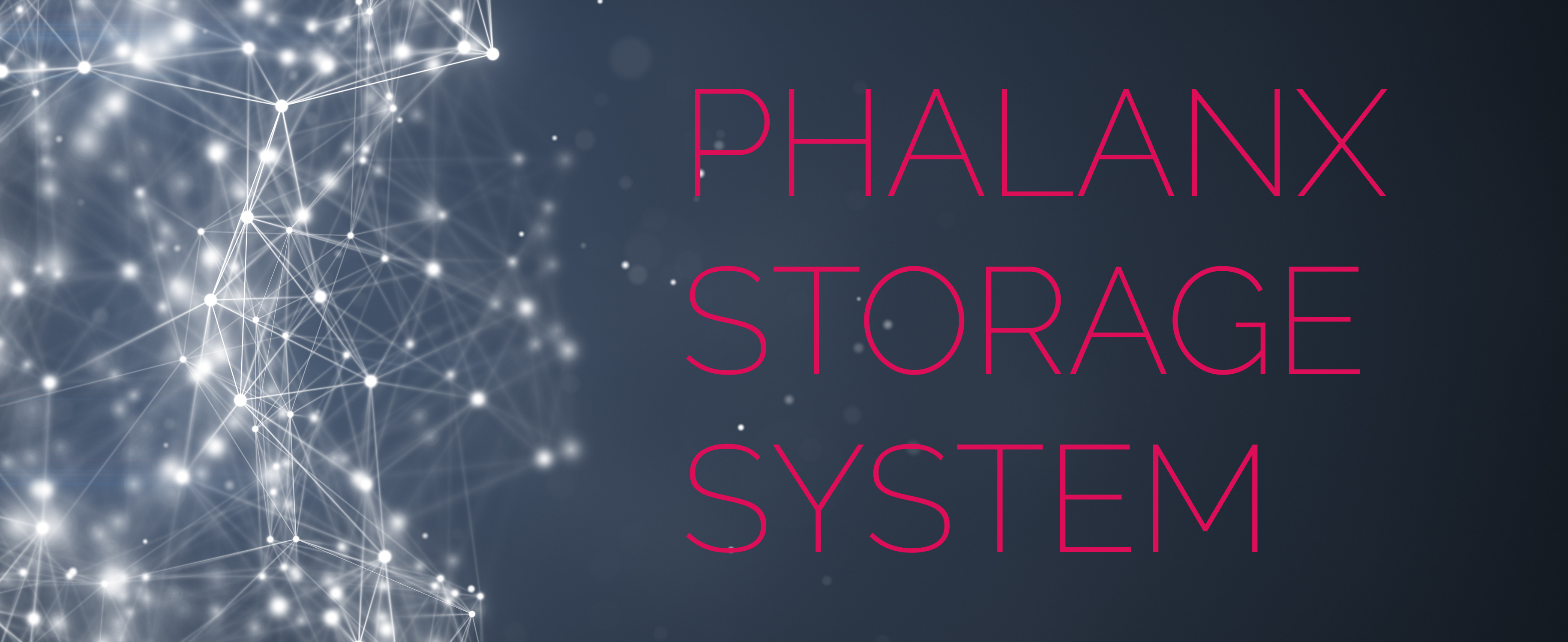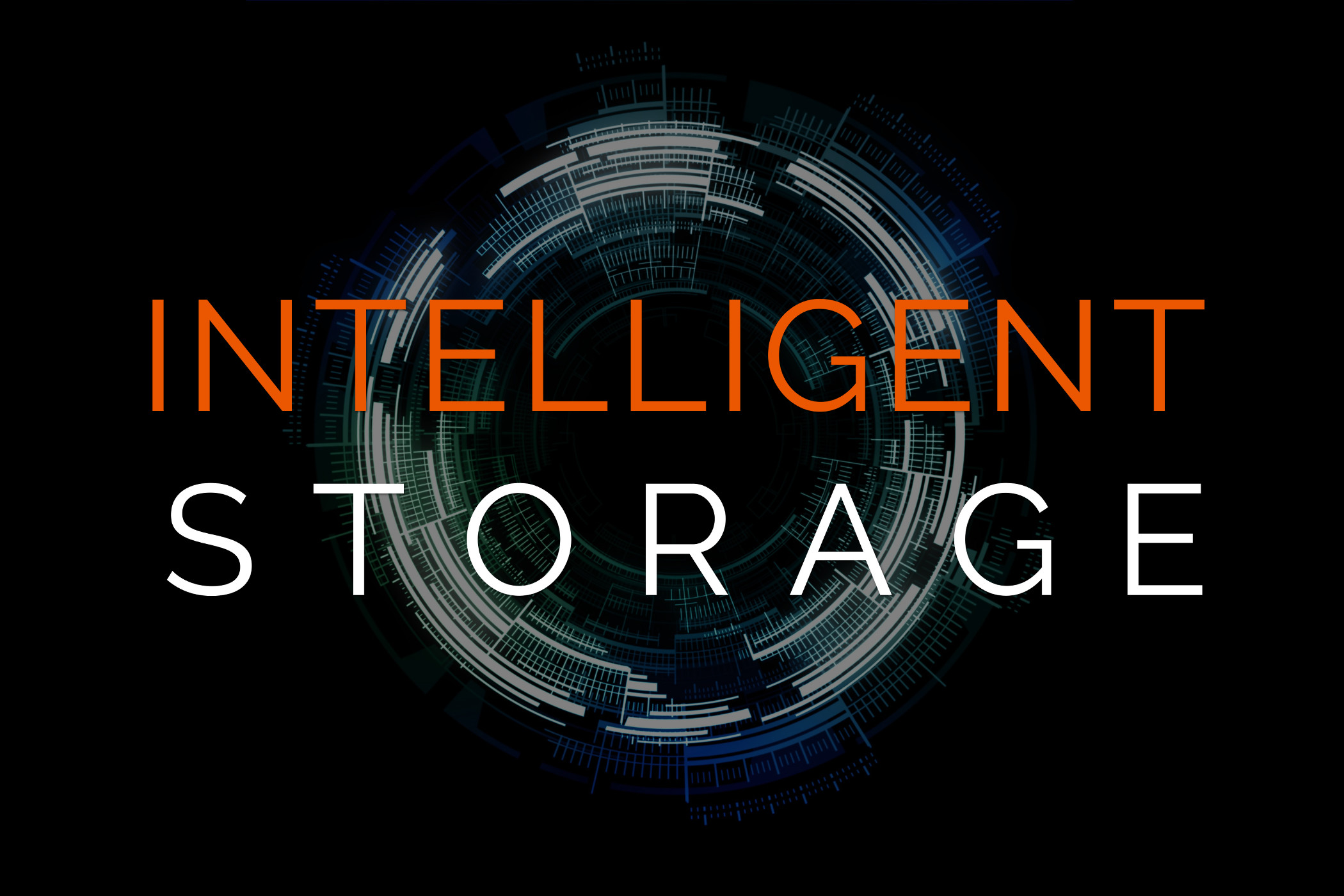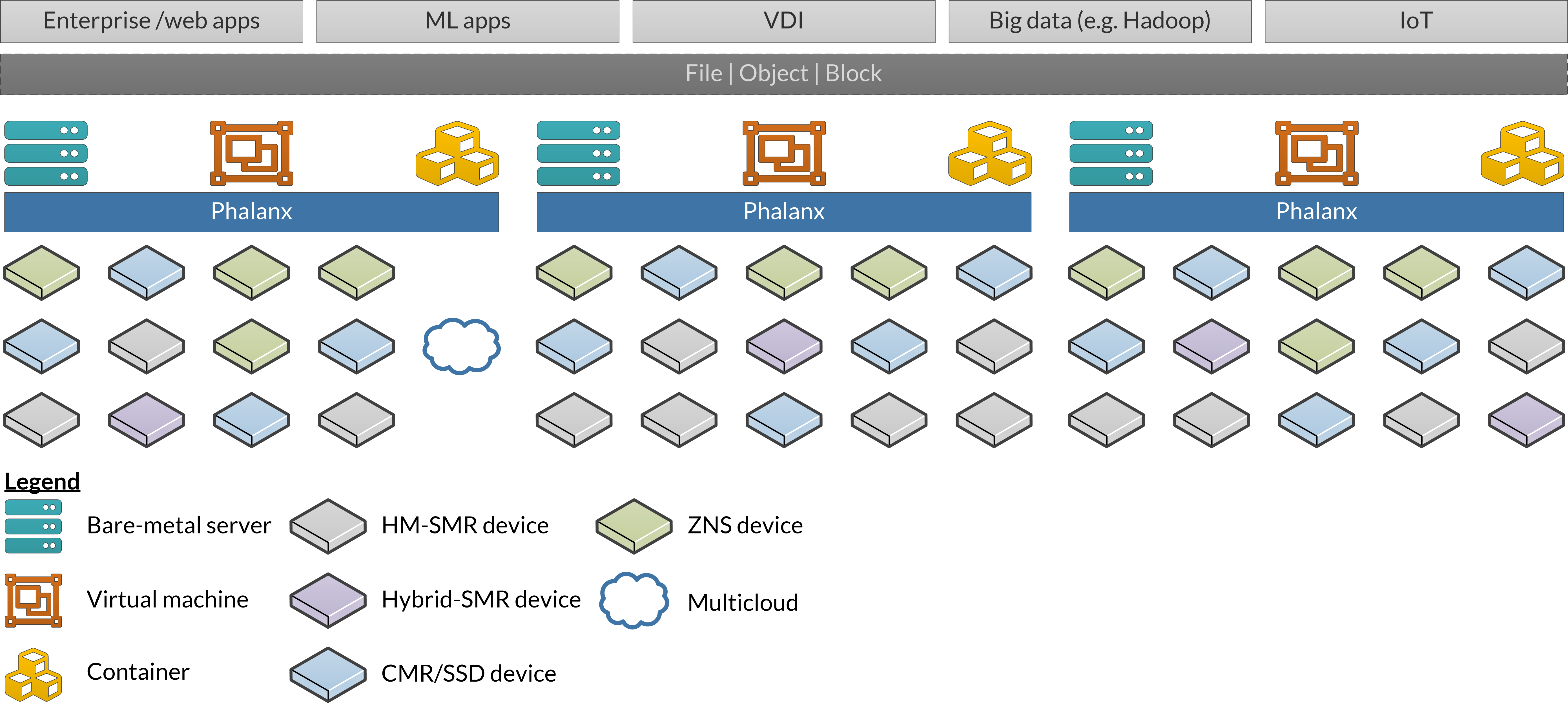





Work directly with cloud-native applications using S3 API. |
|
Access files using traditional POSIX and NAS interfaces. |
|
Address blocks through SCSI commands. |



Massive, ultra-dense storage. Up to 26TB per device. |
|
Reduced TCO. Say hello to power efficiency and a lower cost per capacity. |
|
Consistent and predictable performance at every scale. Say goodbye to long tail latencies. |


Kalista Phalanx
|
Legacy stack
|
|
|---|---|---|
99% |
16,924 |
28,468 |
99.95% |
26,211 |
97,371 |
99.99% |
41,736 |
202,227 |

